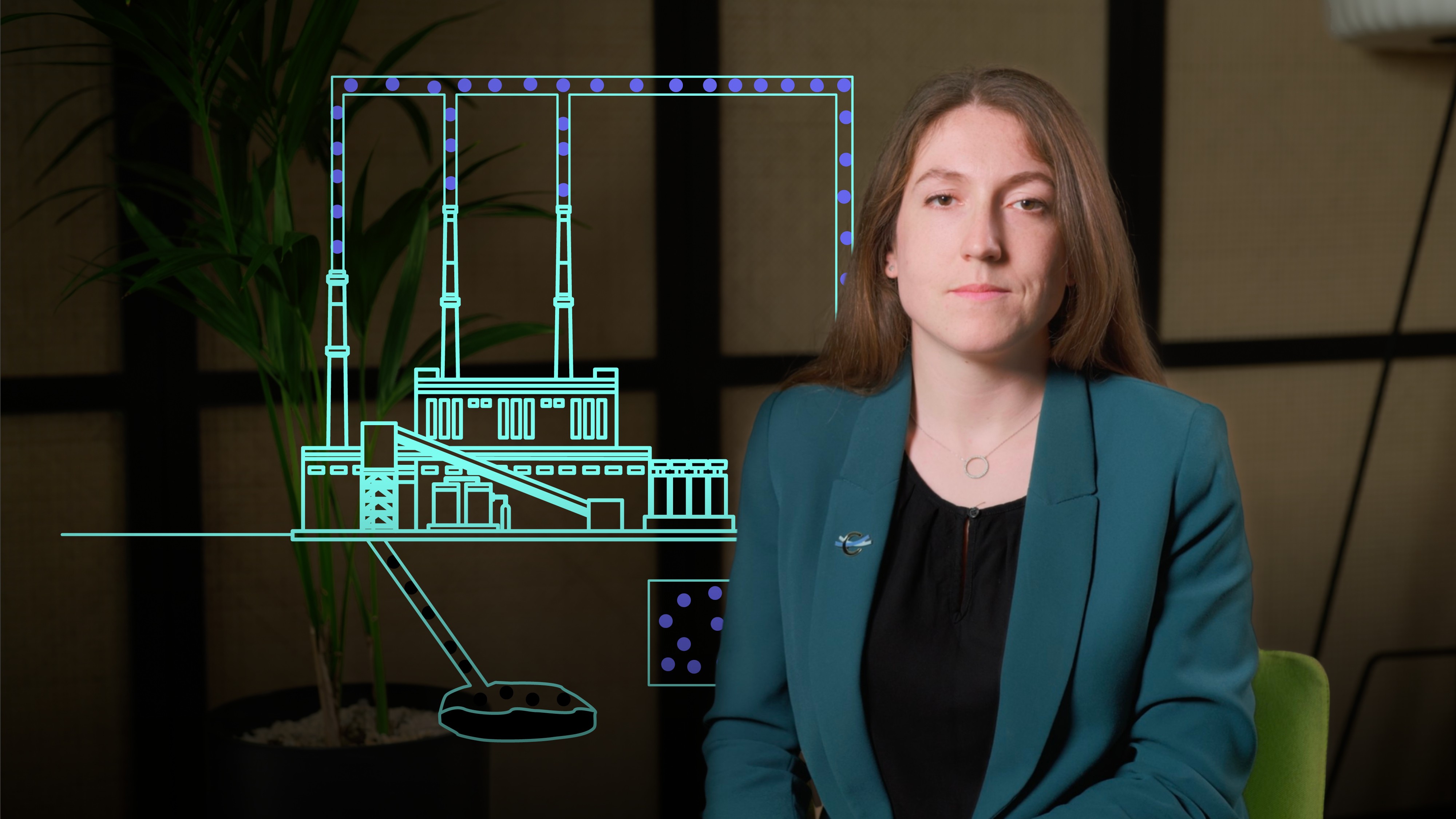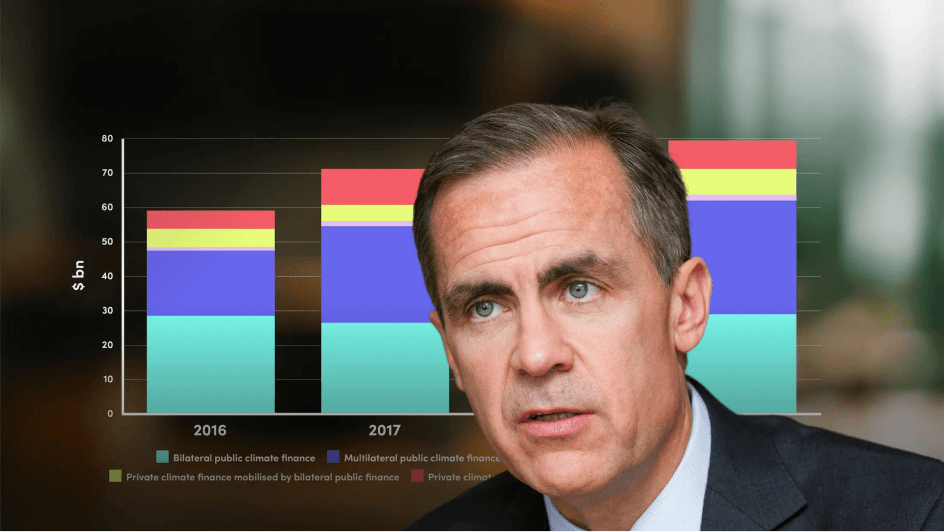
Alternative Approaches to Carbon Dioxide Removal II

Sacha Corby
In this video, Sacha delves into the world of engineered carbon dioxide removal (CDR) solutions, exploring how technologies like enhanced rock weathering, bioenergy with carbon capture and storage (BECCS), and direct air capture and storage (DACS) work to remove and store CO2. She also highlights the urgent need to scale multiple CDR methods simultaneously to meet the 6-gigaton removal target by 2050.
In this video, Sacha delves into the world of engineered carbon dioxide removal (CDR) solutions, exploring how technologies like enhanced rock weathering, bioenergy with carbon capture and storage (BECCS), and direct air capture and storage (DACS) work to remove and store CO2. She also highlights the urgent need to scale multiple CDR methods simultaneously to meet the 6-gigaton removal target by 2050.
Subscribe to watch
Access this and all of the content on our platform by signing up for a 7-day free trial.

Alternative Approaches to Carbon Dioxide Removal II
11 mins 49 secs
Key learning objectives:
Understand how Enhanced Rock Weathering, BECCS, and DACS remove and store CO2
Recognise the trade-offs between scalability, permanence, and cost across these CDR approaches
Understand the need to scale multiple CDR methods to achieve climate goals effectively
Overview:
Subscribe to watch
Access this and all of the content on our platform by signing up for a 7-day free trial.
Subscribe to watch
Access this and all of the content on our platform by signing up for a 7-day free trial.

Sacha Corby
There are no available Videos from "Sacha Corby"





























